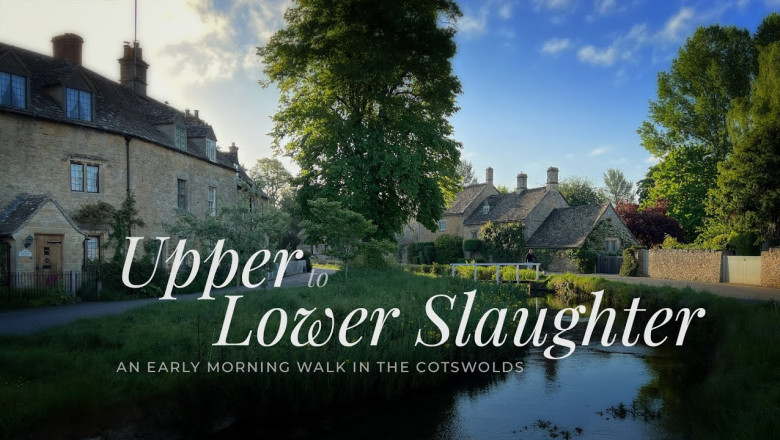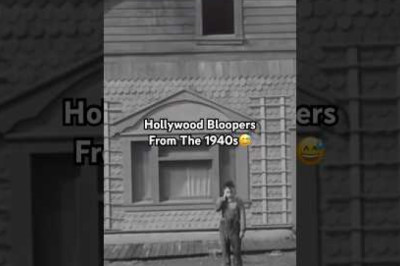
views
Beautiful Cotswold villages. A walk from Upper to Lower Slaughter.
Travelling from London by car is about 140 km and would take over two hours. Public transport from London would take around three hours, by train, then a bus ride and then a 30 minute walk. In 2011 the population here was recorded at 177 people. As there are so few houses the property market in the village is small. There have been 12 houses sold in the last five years. Those house sales averaged at £1,613,561 per property. Which is £1,332,561 above the UK national average (April 2022). Weather; average temperature is as low as 1°C around December to January, climbing up to a maximum average around 22°C from June to August. The name Slaughter may sound ghoulish, but originates from an Old English term “slothre”, meaning wet land or a muddy place. The village was built on the banks of the River Eye, a small river branching from the River Windrush. Lower Slaughter is also on the River Eye, only a two km walk away. Excavations in the area revealed there could have been a small Roman settlement here. The first records of Upper Slaughter are of its Manor, in the Domesday Book (1086). The manor is recorded as being in the possession of powerful Norman nobleman; Roger de Lacy. During the 12th century Upper Slaughter was the site of an adulterine castle. Adulterine castles were castles built without royal approval. They were mainly built during the Anarchy, a civil war between 1139 and 1154. The castle at Upper Slaughter was built of earth and timber. A mound on the north side of the village marks the remains of the castle. The church we saw earlier dates back to the 12th century. The church underwent restoration work in 1877, but retained some of its Saxon features. There is a gabled Manor House in the village dating from the 15th century, after much neglect it was restored in the 19th century, it is now a private residence. Next door to this building is the 17th century hotel; Lords Of The Manor Hotel. Upper Slaughter is known as a Double Thankful Village, meaning the village lost no men in the armed forces during World War I and II. In 1944 a German bomber dropped 2000 incendiary bombs on the village. Buildings were damaged, but there were no fatalities or injuries. The BBC series Father Brown (2013–2022) has been filmed here, as well as the Charles Dickens BBC mini-series Our Mutual Friend (1998). We are now heading into Lower Slaughter, from the west end of the village. We pass-by the water mill in a few seconds. A mill has been recorded here all the way back to the 11th century. The current 19th century water mill is open five days a week as a museum. You can learn more about bread making and the workings of the mill. The mill was last used to grind flour for bread in 1958. As well as the water mill, the local inn and manor house support the village’s main trade of tourism. Both Upper and Lower Slaughter are very attractive villages. Most of the homes here are 16th and 17th century, built from Cotswold limestone. There are more modern residences that have been built the other side of the old village. These homes put the average house price in the area at £468,750. There have only been two house sales recorded in the last five years. Access and parking to both villages can be hard. The roads and lanes are narrow, meaning vehicles like tour buses can not enter. Parts of the 2020 film adaptation of Jane Austin’s Emma were filmed here.




















Comments
0 comment